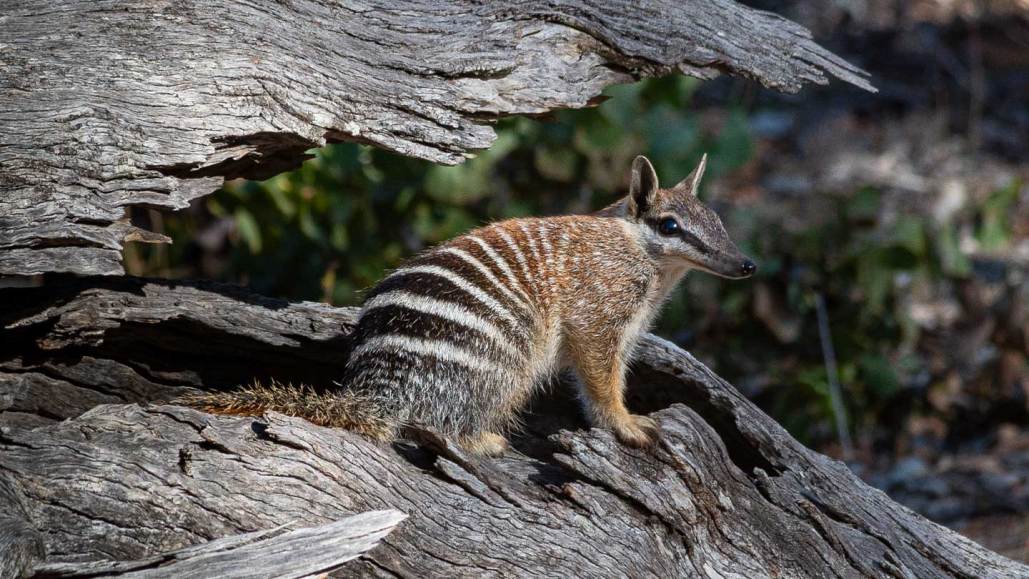Numbats are built to hold heat, making climate change extra risky for the marsupials
Thermal imaging suggests how fast numbats’ core body temperature could rise to dangerous levels

Numbats (Myrmecobius fasciatus) (one shown) feed only on termites, which come to the surface in heat of the day.
Christine Cooper